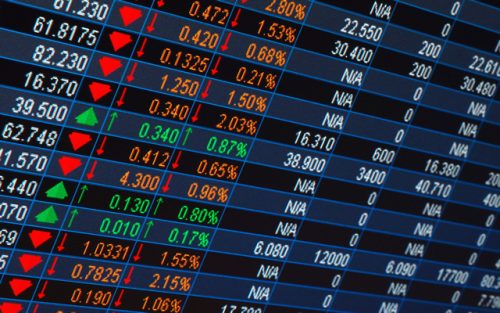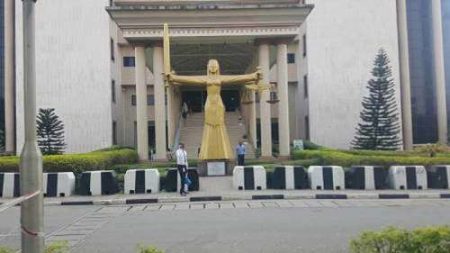Global equity markets experienced a volatile Wednesday, swayed by investor anxieties surrounding the impending announcement of new tariffs by US President Donald Trump. The uncertainty surrounding the scope and nature of these tariffs, which Trump had termed “Liberation Day,” created a palpable tension in trading floors. The anticipation stemmed from weeks of speculation, with Trump initially suggesting reciprocal tariffs mirroring those imposed by other nations, but later reports indicating potential blanket 25% levies, notably on automobiles, or a tiered system with preferential treatment for certain countries. This inconsistent messaging, coupled with the planned tariffs’ immediate effectiveness, heightened investor concerns regarding the predictability and stability of the global trade landscape.
The ambiguous nature of the impending tariffs fostered significant market unease, as highlighted by analysts. The lack of clarity regarding the tariff structure and implementation created a climate of uncertainty, making it difficult for investors and businesses to gauge the potential impact and adapt accordingly. Experts pointed out that this erratic approach to trade policy hindered effective planning and investment decisions, fueling market volatility. Furthermore, there was a broad consensus that, regardless of their final form, the tariffs were likely to negatively impact economic growth, consumer spending, and overall market performance. While the immediate implementation offered some degree of certainty, it also potentially limited the opportunity for diplomatic negotiations and amicable resolutions.
The looming threat of a global trade war further exacerbated market anxieties. Several countries had signaled retaliatory measures in response to the proposed US tariffs, raising concerns about escalating trade tensions and their potential repercussions on global economic growth. Economists cautioned that such a trade war could stifle economic expansion and fuel inflation, potentially prompting central banks to reconsider their monetary policies, including interest rate cuts. This added another layer of complexity to the already uncertain market environment, contributing to the pervasive sense of apprehension amongst investors.
Asian markets reflected this global uncertainty, with mixed performance throughout the trading day. While indices in Tokyo, Shanghai, Sydney, Wellington, Taipei, Mumbai, and Bangkok edged higher, markets in Hong Kong, Singapore, Manila, and Seoul registered declines. This divergence highlighted the varied impact of the impending tariffs on different economies and sectors, further underscoring the complexity of the situation. European markets followed suit, with London, Paris, and Frankfurt opening lower, reflecting the pervasive global anxiety. Safe-haven assets like gold continued to attract investors, with prices holding above $3,100 an ounce after reaching record highs the previous day.
The ambiguity around the tariff announcements extended beyond the immediate future. Analysts warned that the April 2nd deadline could introduce further uncertainty, potentially prolonging the weakness in leading economic indicators. This sustained uncertainty could further depress market sentiment and hinder economic recovery. Adding to the market turbulence, Chinese tech giant Xiaomi experienced a significant drop in its Hong Kong-listed shares, extending losses from the previous day, following a fatal accident involving one of its electric vehicles. This incident further dampened investor sentiment, contributing to the overall market volatility.
The global economic outlook remained clouded by uncertainty as investors awaited the specifics of President Trump’s tariff announcement. The anticipation of these trade measures had already triggered market volatility and sparked concerns about potential retaliatory actions from other countries, increasing the risk of a global trade war. The undefined nature of the tariffs, coupled with the potential for escalating trade disputes, continued to weigh on market sentiment, making it difficult to predict the full extent of the economic consequences. The ongoing trade tensions highlighted the interconnectedness of the global economy and the potential for cascading effects from protectionist policies. As markets braced for the details of the new tariffs, the future trajectory of global trade and economic growth remained uncertain.














